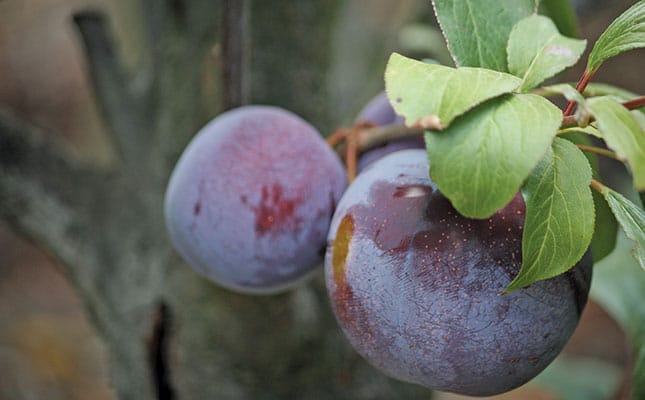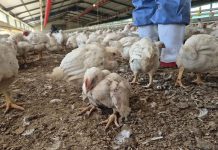
Jan Hoon, of Franschhoek Marketing, told Farmer’s Weekly that while early in the season there had been an oversupply of small-sized plums that put local and export prices under pressure, the fruit was still of good quality.
He added that the smaller fruit sizes did require more to be packed into the 5kg and 8kg boxes, but new plum orchards coming into production in the Western Cape were able to meet this demand.
Franschhoek Marketing said that while plum markets in the Far East and Canada wanted larger plums, the UK and Russia were not averse to smaller plums.
“We’re actually running short now as we move towards the end of the plum season, [which] typically runs from mid-November to mid-April, so prices are improving. In some cases plum prices are the same, or even better, than last year,” said Hoon.
International fresh produce news website, FreshPlaza, quoted Yoann Bleusez of Kallos Exporters as supporting the industry view that the African market for SA plums was growing. Bleusez reportedly said that the main African markets for SA fruit were the oil-producing countries in West Africa, followed by countries in East Africa.
FreshPlaza also quoted Wessel Erasmus of Banhoek Fruit Packing as having said that demand for plums in SA’s informal street-trading sector was also growing.
Hoon told Farmer’s Weekly that if the Western Cape received good rains during the 2017 winter, he expected the province’s plum production to return back to normal for the 2017/18 harvesting and marketing season.
Figures provided by the deciduous fruit representative organisation in SA, Hortgro, showed that SA was capable of producing over 80 000t of plums a season. Approximately 74% of this was exported, 23% was for the local market, and the balance was processed.










